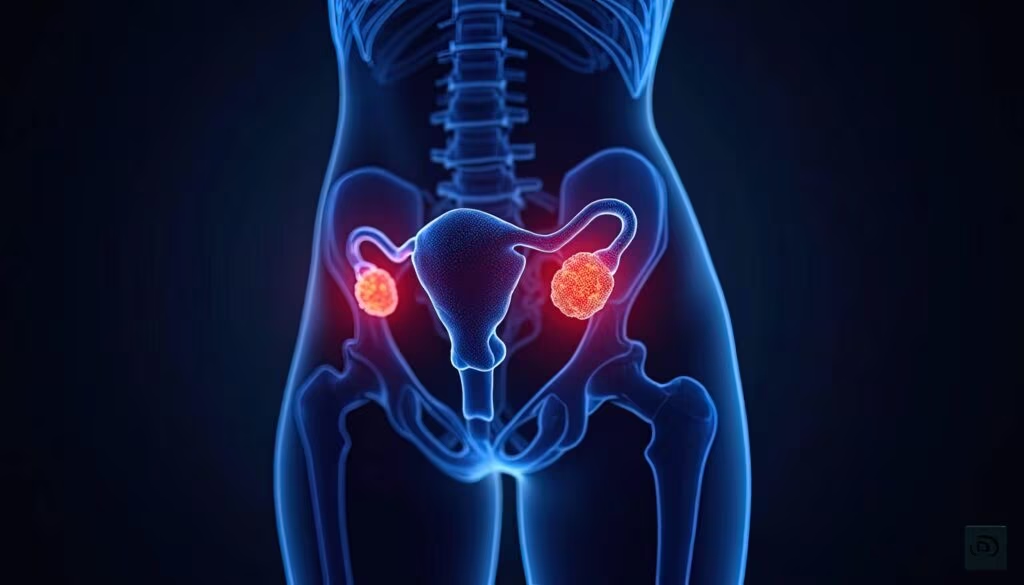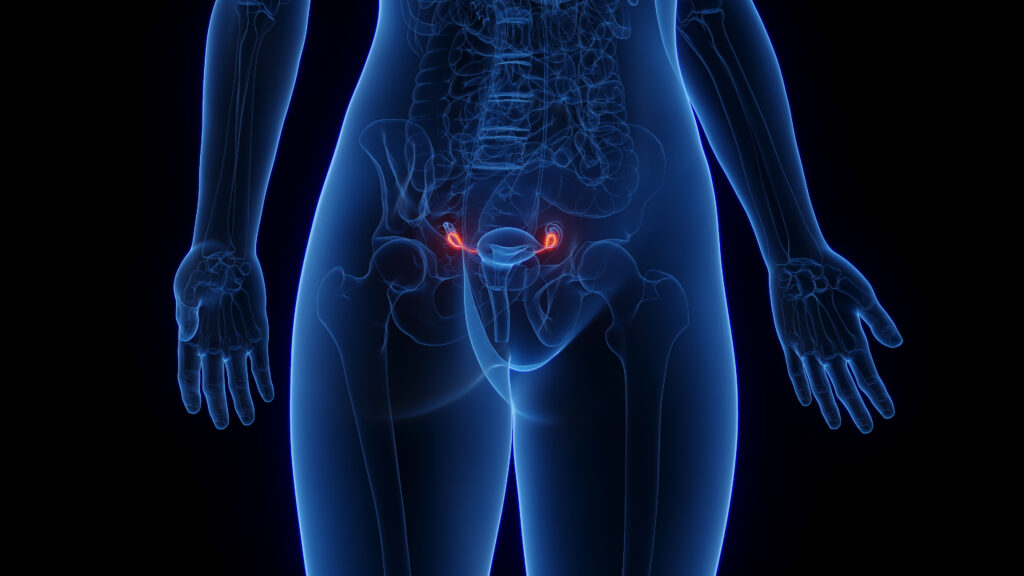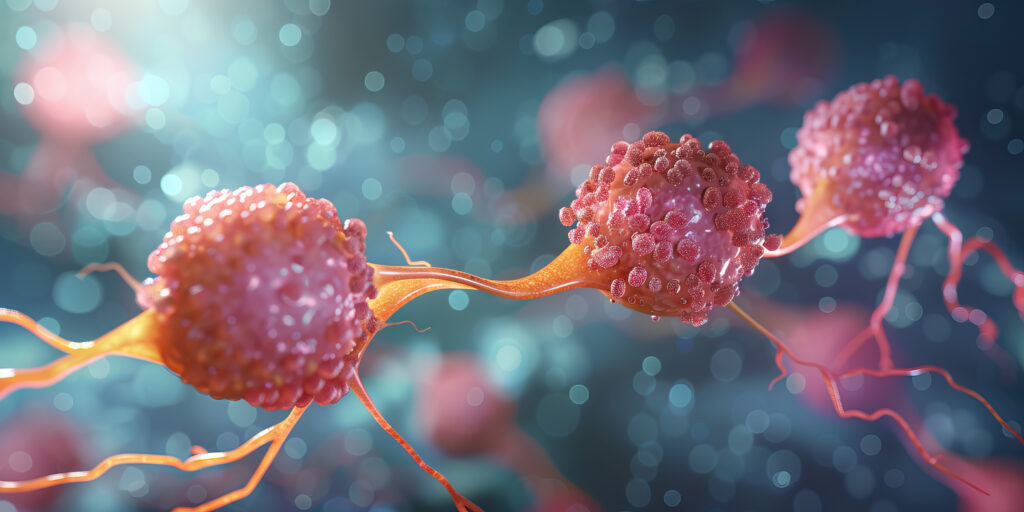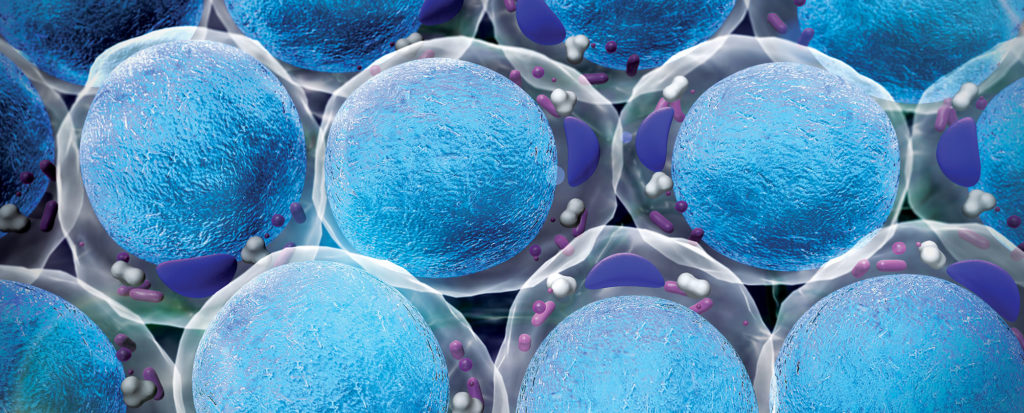Even now, estrogen remains the only therapy approved by the US Food and Drug Administration (FDA) for the treatment of vasomotor symptoms. In multiple randomized trials, HT reduced the frequency and severity of hot flushes by 60% to 95%, with generally similar efficacy regardless of type of preparation or route of administration.5 Since HT is still regarded as the most effective therapy, the challenge has been to develop safer strategies for HT for the large numbers of women seeking relief from these symptoms.
Even now, estrogen remains the only therapy approved by the US Food and Drug Administration (FDA) for the treatment of vasomotor symptoms. In multiple randomized trials, HT reduced the frequency and severity of hot flushes by 60% to 95%, with generally similar efficacy regardless of type of preparation or route of administration.5 Since HT is still regarded as the most effective therapy, the challenge has been to develop safer strategies for HT for the large numbers of women seeking relief from these symptoms. This review examines the benefits and safety of the lowest doses of estrogen therapy available and discusses the clinical potential of recently approved ultra-low-dose formulations. For this discussion, standard doses of estrogen are defined as 0.625mg conjugated equine estrogen (CEE), 1.0mg/d oral 17β-estradiol, or 0.050mg/d transdermal estradiol; low dose (half-strength) defined as 0.3mg/d CEE, 0.5 mg/d oral 17β-estradiol, or 0.025mg/d transdermal estradiol; and ultra-low doses (quarter strength) defined as 0.0125mg transdermal estradiol gel or 14ug/d transdermal estradiol patch.
Women’s Health Initiative and Safety of Menopausal Hormone Therapy
The WHI selected at random post-menopausal women to receive CEE 0.625mg/day plus medroxyprogesterone acetate 2.5mg/day, known as the estrogen/progestin arm of the study. CEE alone was administered if the woman had undergone hysterectomy with corresponding placebo groups, which formed the estrogen-only arm of the study. The estrogen/progestin arm was terminated because the study investigators in consultation with the WHI data safety and monitoring board assessed the trial to have overall harmful effects. The premature termination of the estrogen-only arm related to the anticipation of no new or additional findings with an additional year of study time, while several women would have had adverse events (e.g. strokes). Among 16,608 women in the combined HT trial, hormonal intervention increased the risk of coronary events, breast cancer, stroke, and pulmonary embolism (hazard ratios (HRs) of 1.3, 1.3, 1.4, and 2.1, respectively).1 Fewer adverse outcomes were noted in the 10,739- patient estrogen-alone component of the trial, with only a statistically significant increase in the risk of stroke (HR 1.4), no change in the cardiovascular risk (HR 0.9), and a non-significant lowering of the risk for breast cancer (HR 0.8).2
Caution must be exercised when applying the results of the WHI to management of menopausal symptoms with HT.6 In addition to high drop-out rates and significant treatment unblinding, the WHI studies were designed as primary prevention trials in an older (average age 63.3 years), long-menopausal (>12 years since last menstrual period) population without severe menopausal symptoms. Thus, the applicability of the findings to usual clinical practice may be limited. The hazards of over-relying on the results of any single study in the area of HT are exemplified by a new analysis of both arms of the WHI, which showed no increased risk of cardiovascular events for women 69 years or younger, and for those with less than 20 years since menopause.4
On a practical note, despite enhanced relative risk for adverse events in the WHI, the absolute risk with use of estrogen or combined HT was low, with an increase of eight breast cancer cases and seven cases of cardiovascular disease per 10,000 person-years in the combined HRT arm.1 In contrast, the recent combined analysis showed six fewer cardiovascular events per 10,000 treated women if the women were less than 10 years from menopause.4 The true effect of menopausal hormones on development of breast cancer is also difficult to discern. The combined HT arm of the WHI had eight more breast cancer cases per 10,000 treated women, whereas the estrogen-only arm showed approximately eight fewer breast cancers per 10,000 women.1,2 The publicity following the 2002 publication of the combined treatment findings led to a 50% decrease in the use of HT in the US.7,8 Coincident with the decline in estrogen use, a recent epidemiological study noted that the incidence of breast cancer in the US decreased 6.7% in 2003.9 However, a potential confounder in this observational study was that mammograms were performed in 3.2% fewer patients during the same time period, possibly suggesting a form of detection bias. The discordant findings from the estrogen-only arm of WHI and the National Cancer Institute-sponsored epidemiology study need to be reconciled to understand the true effects of HT treatment and discontinuation in women.
Despite interest in unapproved, non-estrogenic therapies for hot flushes, there is scant evidence to support the efficacy of alternative agents. Nonhormonal therapies for menopausal symptoms such as selective serotonin reuptake inhibitors (SSRIs), serotonin norepinephrine reuptake inhibitors (SNRIs), clonidine, and gabapentin are at best only modestly effective in ameliorating hot flushes and generally have troublesome side effects.10–12 Other recent carefully done hot flush studies show SSRI treatment to be no different from a placebo response.13 Selective estrogen-receptor modulators (SERMs) are synthetic compounds that bind estrogen receptors and produce tissue-dependent agonistic or antagonistic activity. A three-year randomized trial for treatment of osteoporosis in post-menopausal women showed a worsening of vasomotor symptoms with raloxifene.14
Efficacy of Low-dose Estrogen for Menopausal Symptoms
In its most recent position statement, the North American Menopause Society concluded that current evidence supports the use of estrogen therapy or estrogen–progestogen therapy for menopause-related symptoms and disease prevention in appropriate populations of peri- and post-menopausal women.15 To reduce estrogen-related adverse effects and limit long-term serious risk of estrogen treatment, various expert groups have advocated use of the lowest effective dose of estrogen or combined hormonal therapy for the shortest duration.15–17 Furthermore, the FDA now requires manufacturers to identify the lowest effective dose for new products.18
Several half-strength formulations of estrogens, progestins, and estrogen– progestin combinations are approved for treating vasomotor symptoms and/or vulvovaginal atrophy in the US.19 Doses of estrogen equivalent to half the standard dose relieve vasomotor symptoms by about 65% compared with 75–80% with the standard dose,20 but the lowest effective doses of these preparations have not been identified. The only preparation for which the lowest estrogen dose has been identified for relieving hot flushes is a transdermal estradiol gel (ElestrinTM, BioSante) for which doses of 0.0125mg/d (at one-fourth the standard dose) and 0.0375mg/d have been recently approved. In a 12-week randomized, double-blind, placebocontrolled, parallel-group study, significant reductions in the frequency and severity of vasomotor symptoms emerged at five weeks with the 0.0125mg/d dose and at three weeks with two higher doses of estrogen studies (0.0375mg/d and 0.06mg/d).21 The 0.0125mg/d dose also led to significant improvements in all measures of vulvovaginal atrophy. The only other estrogen that has shown efficacy at a similarly ultra-low dose that is approved for preventing bone loss in post-menopausal women, but is not approved to treat vasomotor symptoms, is a 0.014mg/d transdermal estradiol patch (Menostar®, Berlex Laboratories).22 The clinical relevance of these findings is that more than one large controlled study has demonstrated efficacy of these ultra-low estradiol doses in treating various menopausal symptoms.
Safety and Tolerability of Low-dose Estrogen
As it avoids first-pass hepatic metabolism, transdermal delivery permits use of lower doses of estradiol and induces a less pronounced effect on hepatic protein synthesis.23 In general, markers of coagulation and fibrinolysis remain relatively unchanged after transdermal estrogen, whereas oral estrogen has more pronounced influences on hemostatic variables including hyper-coagulant effects, increased synthesis of C-reactive protein, and increased fibrinolytic markers.24,25 Both oral and transdermal estrogen lead to potentially antiatherogenic changes in lipoproteins, such as lowering lowdensity lipoprotein cholesterol (LDL-C) and increasing high-density lipoprotein cholesterol (HDL-C), although the transdermal route has less impact on HDL-C.26 New epidemiological evidence identifies differences in the risk of venous thromboembolism (VTE) between oral and transdermal HT and as a function of the estrogen dose. Evidence for a differential association of oral and transdermal estrogen with the risk for VTE was first obtained from the ESTHER trial, a French case-controlled study that noted a 3.5- to 4.0-fold higher risk of VTE for users of oral HT but no increased risk with transdermal HT.27,28 Another study showed that in women carrying either a factor V Leiden mutation or a prothrombin G mutation, the use of oral estrogen but not transdermal estrogen significantly increased the already heightened risk of VTE conferred by these mutations.29 Case-control studies have also demonstrated a dosedependent risk for VTE, with low-dose CEE associated with lower risk30 or no risk.31 Whether the lower risk for VTE demonstrated with the transdermal route or with reduced doses of estrogen can be extrapolated to atherosclerotic cardiovascular disease remains to be determined.
As the frequency of side effects with estrogen therapy are dose-related,32 women treated with half or one-quarter of a standard dose would be expected to experience less breast tenderness and vaginal bleeding. Rates of vaginal bleeding and breast tenderness with 0.0125mg/d of the transdermal gel (ElestrinTM, BioSante) were 4.4 and 6.6%, respectively, which were considerably lower than those reported for doses >0.025mg/d.20,21 These bothersome symptoms often lead patients to discontinue HT, so the greater tolerability of ultra-low-dose estrogen may increase patient compliance.
It remains unclear whether the breast cancer risk can be modulated with low- or ultra-low-dose estrogen or transdermal delivery. A dose effect of estrogen on breast cancer risk appears possible because elevated endogenous estrogen levels are associated with a higher breast cancer risk.33 A recent large epidemiological study showed an enhanced risk of breast cancer after five years of use of either oral or transdermal estradiol therapy; a trend toward dose-responsiveness was noted only with oral dosing.34 In addition, since both observational and prospective studies show an elevated risk with progestin-containing regimens of HT,1,2,35 a concomitant reduction in exposure to progestin with low- or ultra-low-dose estrogen may (if shown in large controlled studies) potentially lead to a lower breast cancer risk.
Reducing Exposure to Progestin
Progestin is added to estrogen therapy to counter the proliferative effects of estrogen on the endometrium and decrease endometrial hyperplasia and endometrial cancer.36 As noted, the WHI documented an adverse progestin effect. Although the two arms were not compared directly, only the combined HT group showed a significantly enhanced risk for cardiovascular events, (HR 1.29 versus 0.91), breast cancer (HR 1.26 versus 0.77), and pulmonary embolism (HR 2.13 versus 1.34) compared with the placebo risk of 1.0 in their respective studies.1,2 It seems reasonable to consider that reducing the exposure to progestin could mitigate some of the attributable adverse outcomes.
Since the risk of endometrial hyperplasia with unopposed estrogen is doseand duration-related, less progestin may prove necessary to provide endometrial protection when using the lowest doses of estrogens for HT.37 A lower exposure to progestin could be attained with reduced frequency of use. The combination of low-dose estrogen (CEE 0.3mg) and long-cycle progestin (every six months) was shown to reduce menopausal symptoms and vaginal bleeding without increasing uterine hyperplasia.38 With ultralow doses of estrogen, progestin doses may be reduced even further, with the need for progestin coverage conceivably eliminated in some cases. In the osteoporosis study noted above, the 0.014mg/d transdermal estradiol patch showed minimal endometrial stimulation after two years of use, with only one case of endometrial hyperplasia (0.5%).39 These data suggest that women using similar ultra-low doses of transdermal estrogen may not require progestin treatment, but due to the lack of long-term clinical data on the safety of unopposed ultra-low estrogen dosing, current labeling for Menostar stipulates use of a progestin for 14 days every six to 12 months and an annual endometrial biopsy.40
The need for safe, effective treatment of menopausal symptoms persists and, despite the controversy surrounding HT precipitated by the WHI, estrogen clearly remains the most effective therapy for menopausal symptoms and is the only FDA-approved therapy. With advisory groups uniformly advocating use of the lowest effective doses of HT, low-dose or ultra-low-dose therapy should be actively considered by clinicians and patients. A number of approved low-dose estrogen products are currently available, and non-oral formulations that deliver one-quarter of the standard dose of estrogen have been introduced. A recently approved product (Elestrin) is now the lowest dose of estradiol approved by the FDA for the treatment of vasomotor symptoms. Ultra-low-dose estrogens are effective for treating hot flushes, vaginal symptoms, and bone loss, and have improved tolerability. The likely effective endometrial protection with low—and especially with ultra-low—doses of estrogen means that exposure to progestin and its potentially harmful effects may prove to be required less frequently and at lower dosages. While practitioners and patients await the prospective studies needed to establish the long-term risks and benefits of the lowest doses of HT, the immediate clinical relevance of these new findings with ultra-low doses of estrogen is becoming clear. If HT is required for symptomatic relief of menopausal symptoms, these ultra-low doses of estrogen should be considered.












